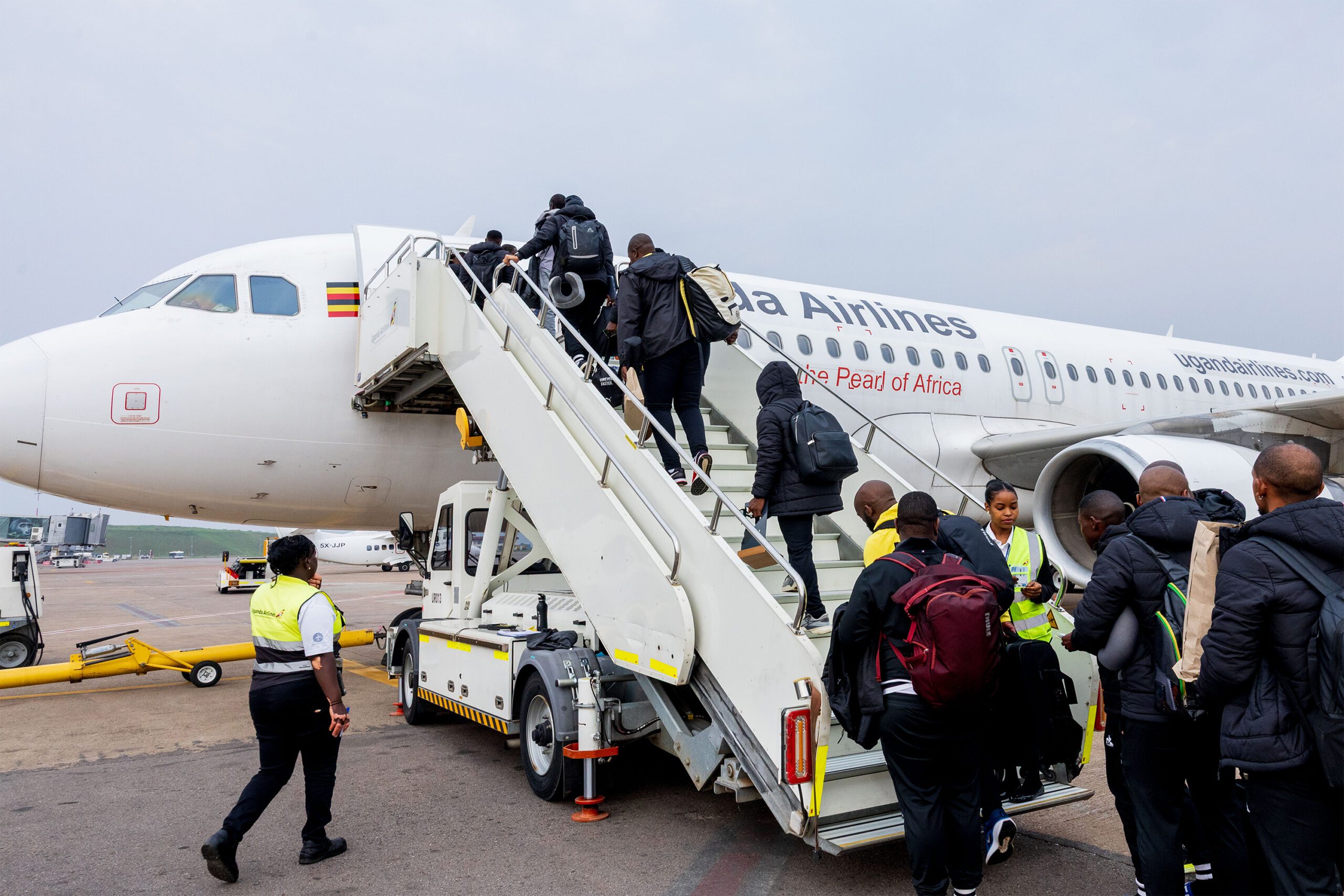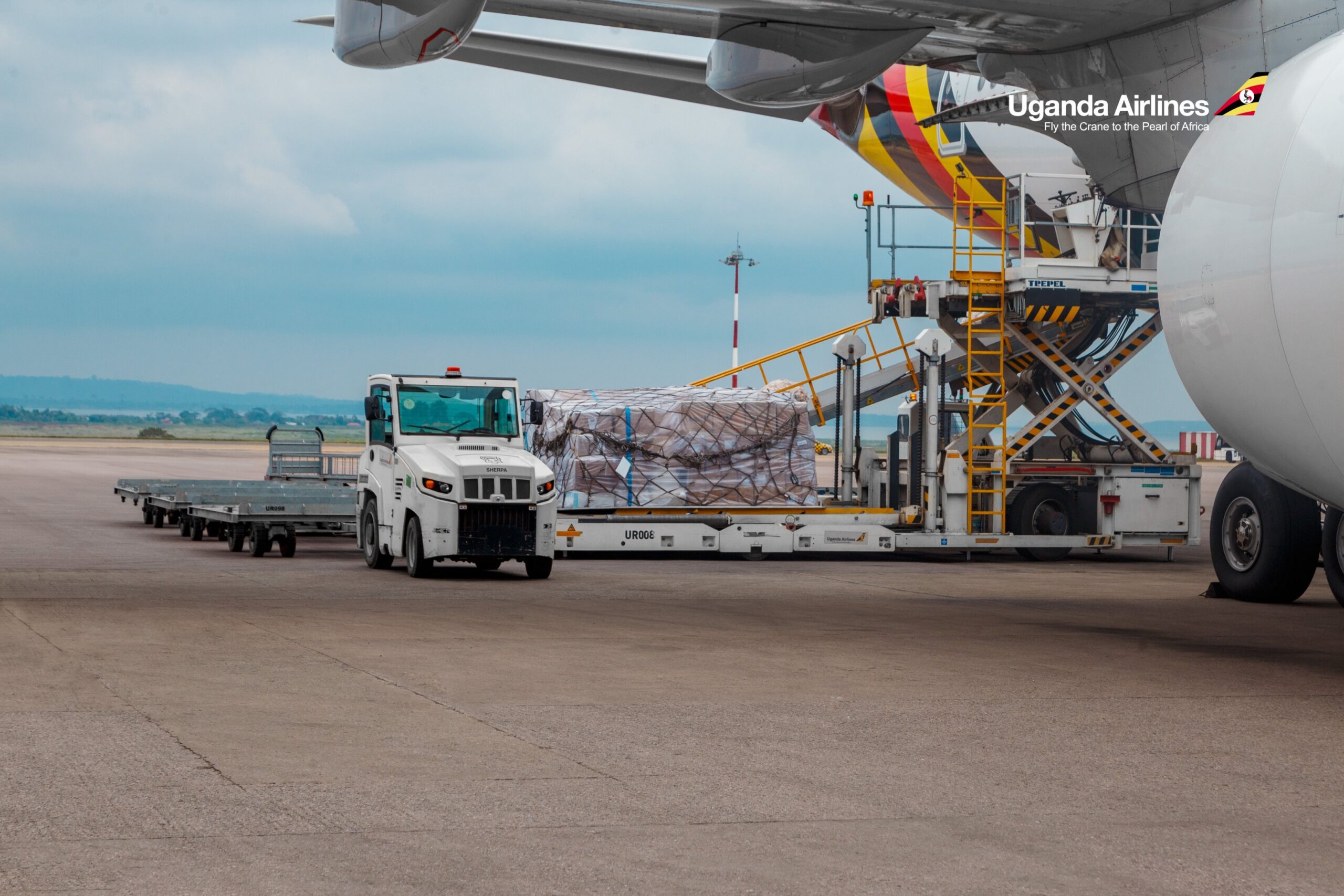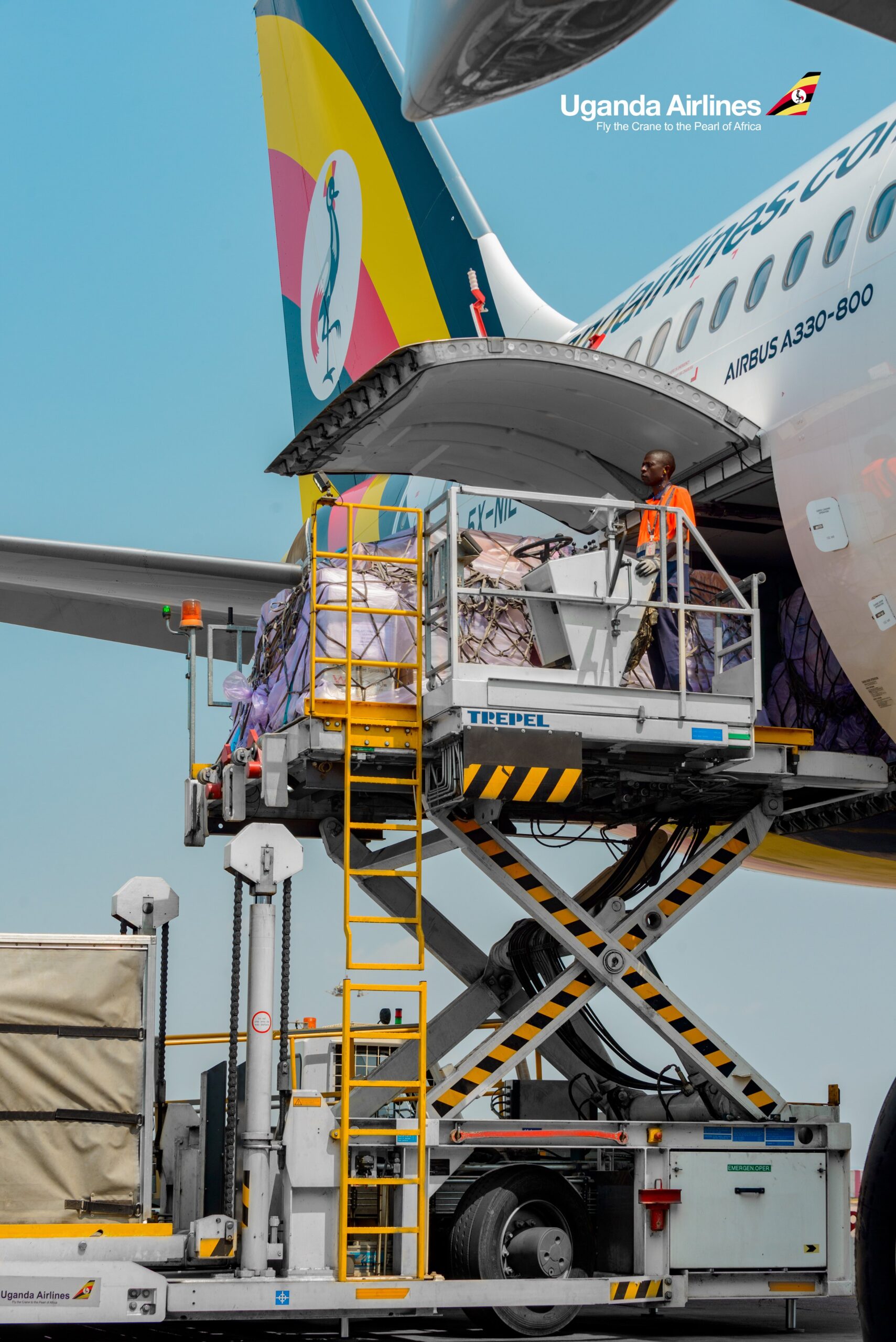Uganda Airlines’ escalating maintenance issues are more than just operational problems—they are
pressing call for strategic action.
The shortage of spare parts for the Bombardier CRJ-900 fleet, exacerbated by Bombardier’s departure from production, has led to prolonged ground stays and rising costs—consuming nearly 20% of the airline’s overall budget.

1. Leverage Regional MRO Partnerships
The closest fully certified facility to maintain CRJ-series aircraft is located in Johannesburg.
ExecuJet MRO Services at Lanseria Airport is the only Bombardier-approved service center in
Africa, equipped to handle CRJ operations.
Additionally, Ethiopian Airlines at Bole International Airport in Addis Ababa serves as an Authorized Service Facility (ASF) for Bombardier’s Q400 turboprops—providing a trusted regional maintenance partner. Collaborating with these centers could significantly reduce downtime and ensure reliability.
2. Build In-House AMO Capability
Uganda Airlines shows great potential. It obtained Approved Maintenance Organization (AMO)
certification in March 2024, allowing it to conduct in-house maintenance for both its CRJ and
A330 fleet—for at least a year. This achievement was significant. The airline has also been
increasing technical staffing, tooling, and standards to take control of the process rather than
relying solely on external contractors
3. Future-Proof Through Phased Fleet Renewal
The CRJ-900s, once crucial strategic for regional operations, are now becoming a burden.
With parts becoming scarcer and competitors phasing them out, Uganda Airlines must transition to
newer, more sustainable aircraft.
The recent decision to introduce Airbus A320neo models is a wise move—offering better parts availability, lower fuel consumption, higher capacity, and improved reliability.

A Combined Approach for a Sustainable Path Forward
Short-term: Enhance collaboration with Execu Jet in Johannesburg and Ethiopian Airlines
in Addis as reliable temporary solutions.
Mid-term: Implement the AMO by investing more in technical training, infrastructure,
and certification to reduce costs and reliance on foreign MROs.
Long-term: Phase out CRJs and incorporate Airbus A320neo jets for efficient, scalable
regional air service—delivering a seamless and modern experience for Uganda’s travelers.

Just as Nation Oil Distributors Limited has developed maritime maintenance and collaborative capacity in MRO facilities at Port Bell Luzira, Kisumu, and Mwanza to service vessels such as MV Kalangala, MV
NODL Victoria, and MV Rafiki, Uganda must also work toward building similar capability in aviation.
This won’t happen overnight—it requires long-term investment, training, and partnerships.
But over time, such self-reliance—both in the air and on the ground—will stabilize operations and strengthen Uganda Airlines as a true symbol of national pride, economic value, and regional connectivity.

By Hakim Bwanika, Head of Marketing & Public Relations, Nation Oil Distributors Limited





